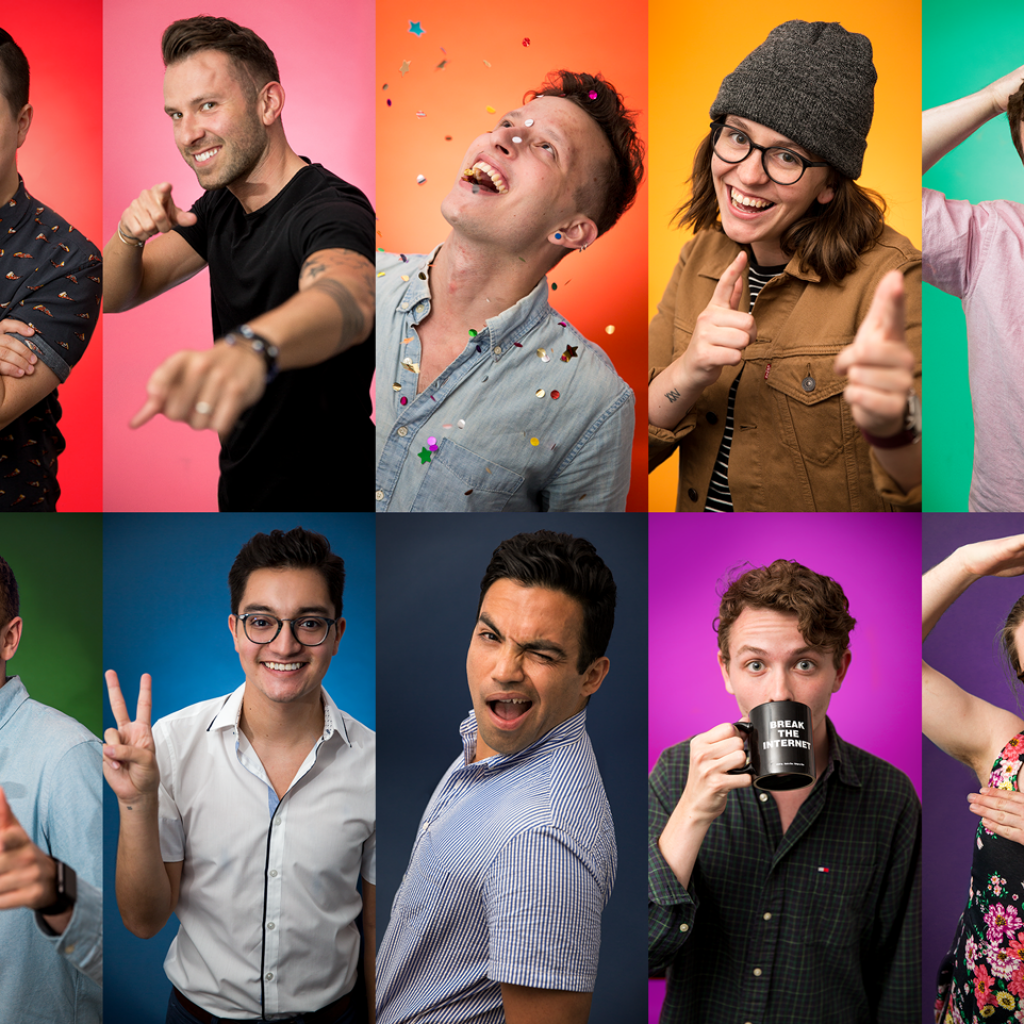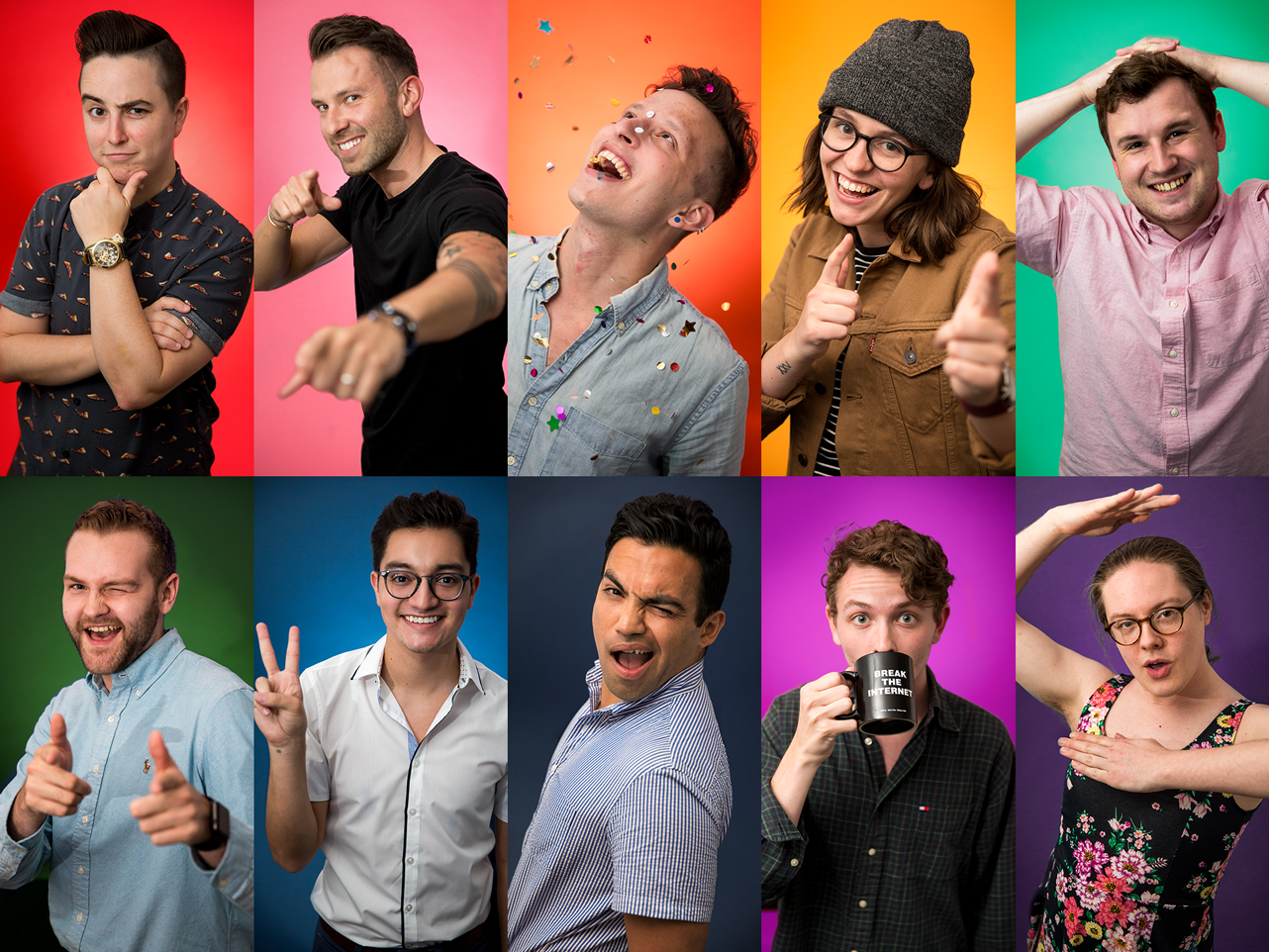For Pride Month 2018, we asked Goliners a few questions on what LGBTQ+ representation meant to them as communicators and how brands can benefit and progress on efforts to be LGBTQ+ inclusive. Scroll down to meet our team and hear their thoughts!

“Human beings yearn to be seen + heard. Inclusion of folx like me in mainstream media affirms my identity, validates my existence + creates a safer world. It’s important for brands to be educated on issues/needs of the community + engage experts when there’s a knowledge gap. More than anything, as LGBTQ+ folx strive to do: be authentic. It’s important for brands to be educated on issues/needs of the community + engage experts when there’s a knowledge gap. More than anything, as LGBTQ+ folx strive to do: be authentic.”
– Steph Bottoms, Director

“Besides [inclusion] being the right thing to do, hate and discrimination seldom leads to increased revenue.”
–Jamon Deaver, Associate Creative Director

“LGBTQ+ inclusivity doesn’t stop with a Pride campaign or a television spot. You can’t talk the talk if you can’t walk the walk. Brands/companies need to be supporting queer people through internal initiatives and external donations or other means of support. Pride campaigns are great, but if a brand isn’t putting money where their mouth is the message may fall upon deaf ears.”
– Patrick Pfohl, Associate

“Representation means seeing people like me and knowing I have a community of support.”
– Tiff Bauer, Associate Video Editor

“To me, representation is about authenticity. When I see representations of LGBTQ+ people, I think about who I’m seeing: does this look like me? Does this look like my friends? Real representation should have a human face, and it should represent the diversity of our community.”
– Andrew Rogers, Associate

“Positive representation gives hope that, no matter who you are, there are great role models that can be emulated. It not only breaks down barriers, but also has the power to positively shape how people view marginalized or historically underrepresented groups.”
–Bryant Miesle, Associate

“Companies and brands need to be present in the LGBTQ conversation beyond one-off activations in order for the community to feel supported, represented and cared for. Not only is it important to have diverse representation in the workplace, but it’s also important to have more representation in television and film to remind others that they are not alone and that they are understood. Being part of the Latino and LGBTQ communities has given me a unique perspective that I think is essential for companies to have in order to authentically guide clients to create culturally relevant campaigns.”
–Cesar Camancho, Associate

“[Representation] means someone with similar experiences can be a part of a community – that it’s not as lonely as it may seem sometimes. [Communicators] need to make inclusiveness part of our everyday lives and educate people with power that it truly matters. We can all benefit from being more inclusive.”
– Daniel Hernandez, Manager

“To me – representation means to be shamelessly yourself despite any stigmatizations that may come with your character. Be unified by sexuality while being individual in character. Show uniqueness, boldness, and flavor. Represent the group by demonstrating that it is made up of individuals. Show humanity. Live your truest you.”
– John Morgan, Associate


